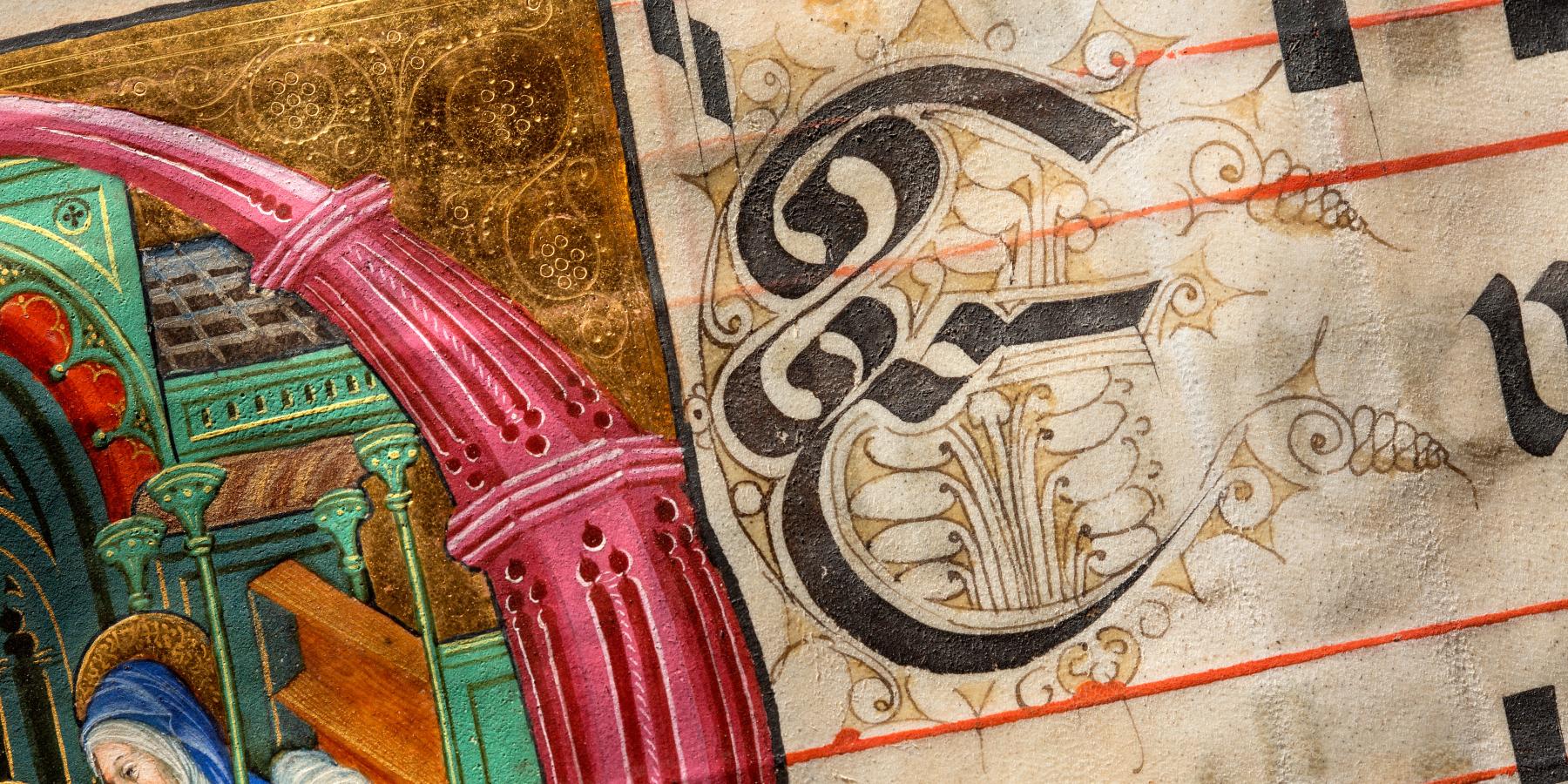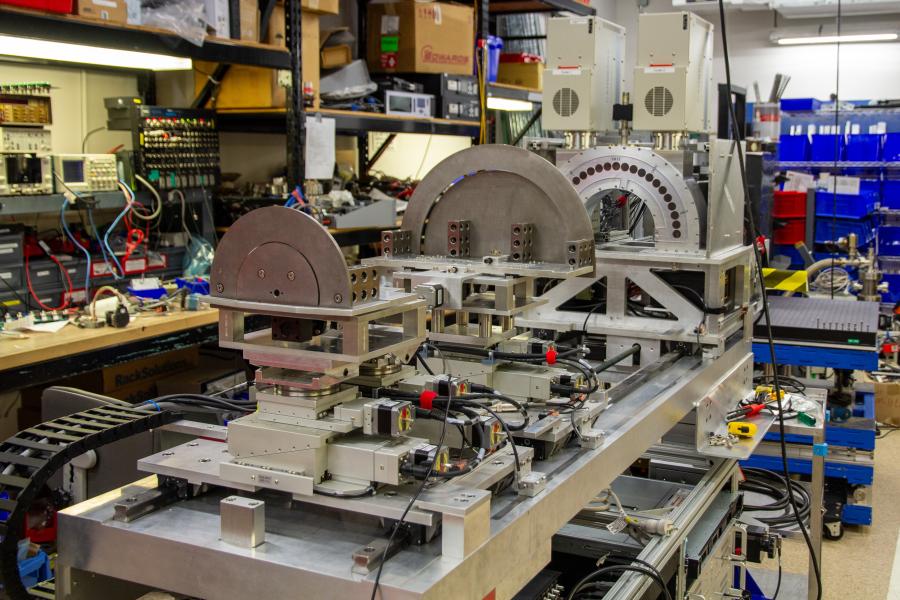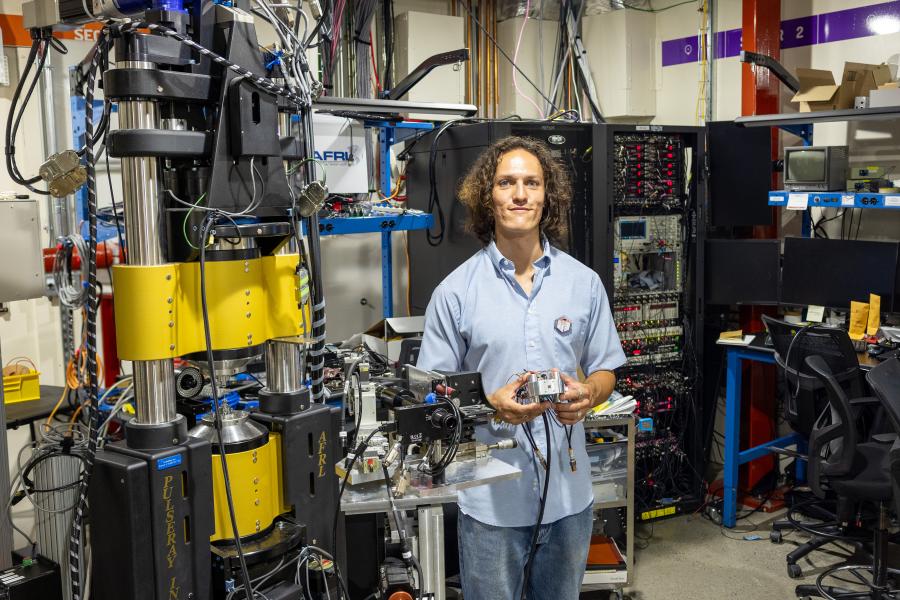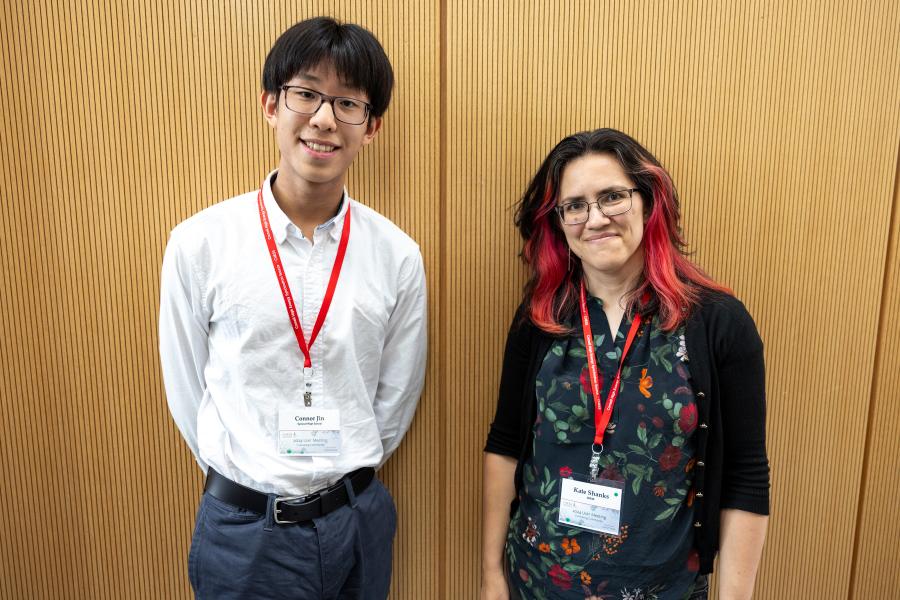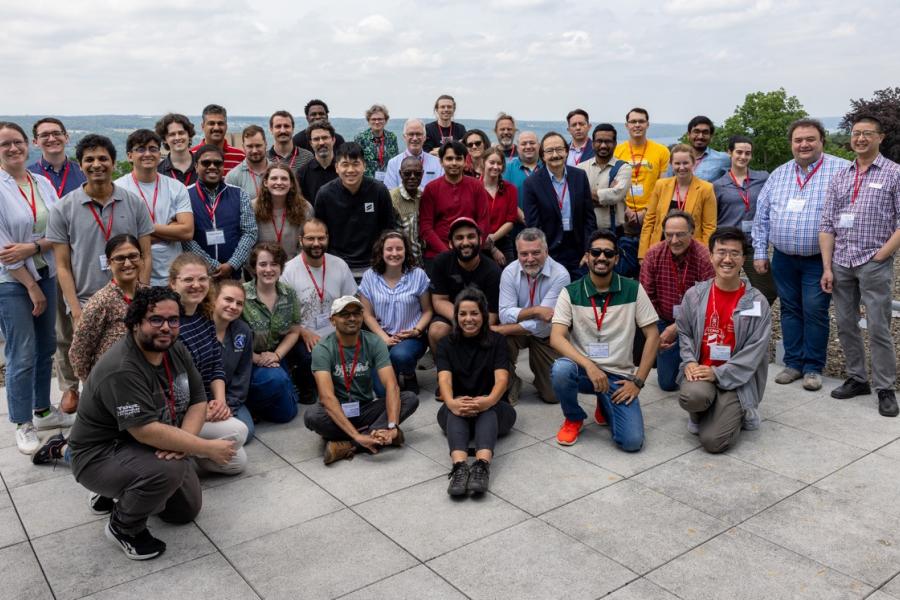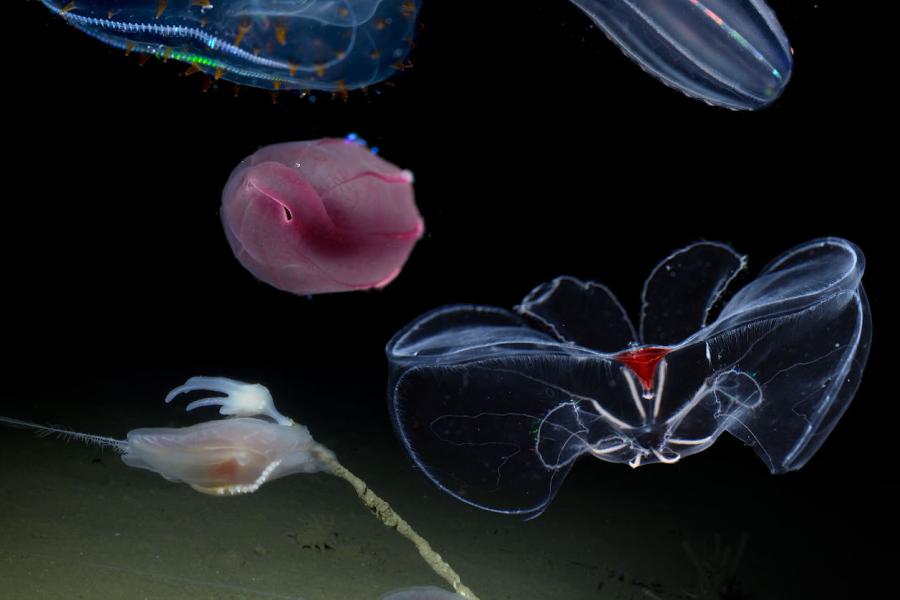Sidebar Menu (View Pages)
- Status
- ⌃ Science
- ⌃ Users
- ⌃ Facilities
- ⌃ Public
- Industry
- ⌃ About
Tags
Featured
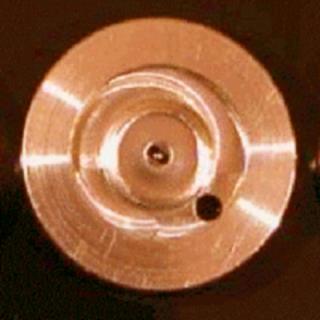
Focusing on microbeam: Initial installment of CRLs at CHESS
A great challenge at many x-ray beamlines is to direct x-rays into in a very small, very clean footprint while maintaining high photon flux.
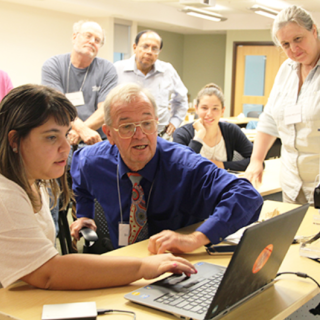
X-ray Fluorescence Workshop for high school science teachers and educators
As part of Xraise’s initiative to provide high school teachers and educators with state of the art technology to use in their classroom, the outreach group has acquired two Bruker handheld x-ray fluorescence (XRF) devices for their Lending Library program.
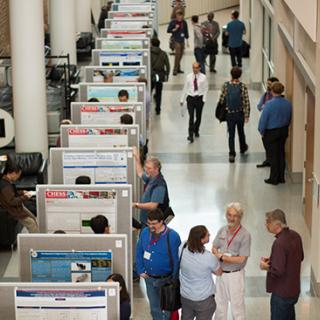
The 2017 CHESS Users’ Meeting and Science Workshops
The 2017 CHESS Users' Meeting was held on Tuesday and Wednesday, June 6 - 7, 2017 in the Physical Sciences Building located on the Cornell University Ithaca campus.
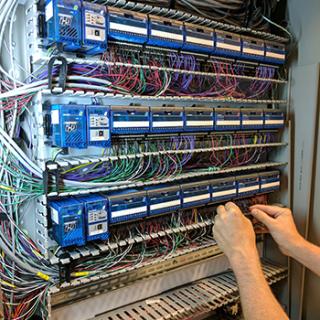
Summer projects heat up in Wilson Lab
The staff here in Wilson Lab have been very busy during our summer break from User Operations.
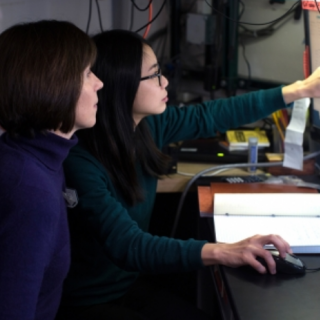
CHESS imaging reveals how copper affects plant fertility
Technological advances making it possible to image micronutrients in plant tissues are giving Cornell scientists additional tools to develop crops that thrive in marginal soils.
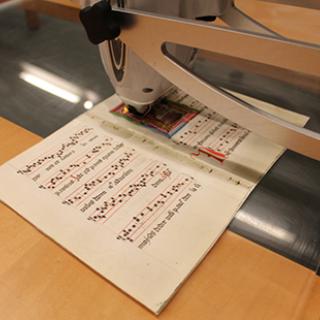
High-tech X-Ray Spots Unusual Element in Ancient Manuscript
Using extremely high-tech X-ray fluorescence, researchers at Cornell University have detected an unexpected trace element in manuscript pages (or fragments) dating back to the 13th to 16th centuries.
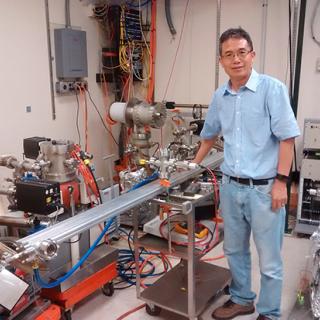
CESR CHESS-U activities: Major components are moving in
Delivery of components for CESR CHESS-U systems is well underway.
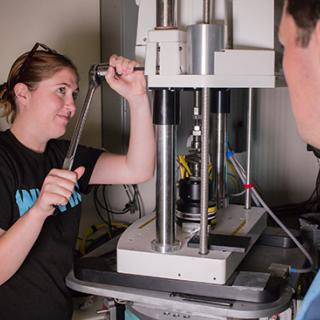
SUNRiSE, a test program for combined home-institution faculty and local facility mentored summer research experiences for undergraduates
For many undergraduate students, the idea of spending the summer away from friends and family to work at a state-of-the-art synchrotron radiation facility under the supervision of a research scientist is an intimidating prospect.
